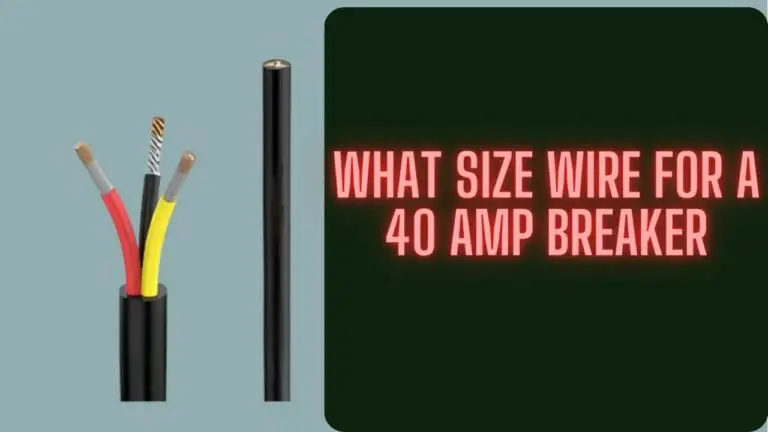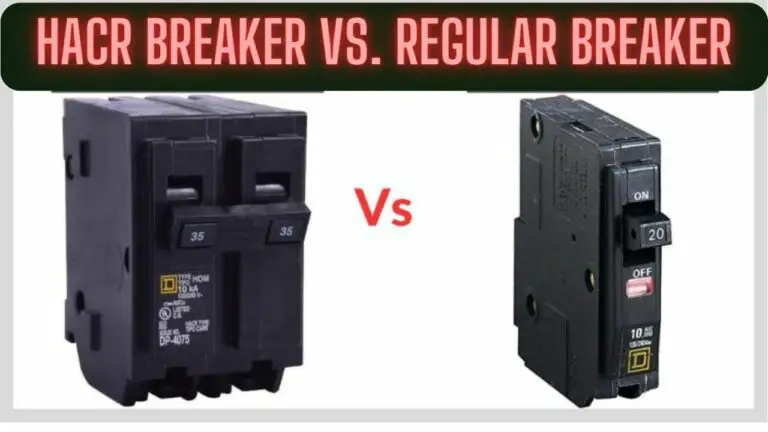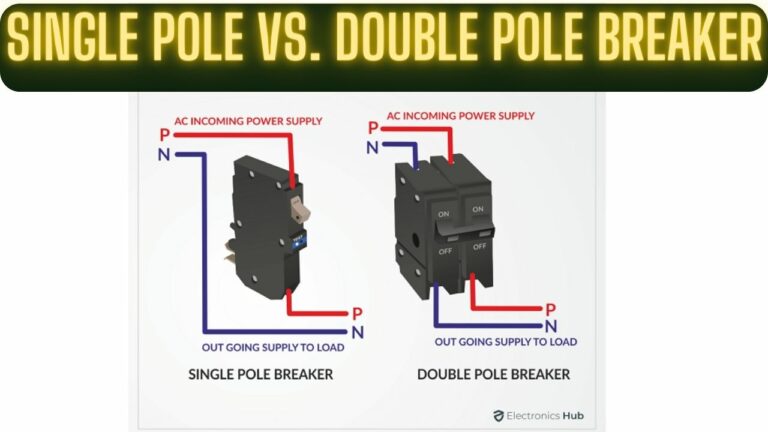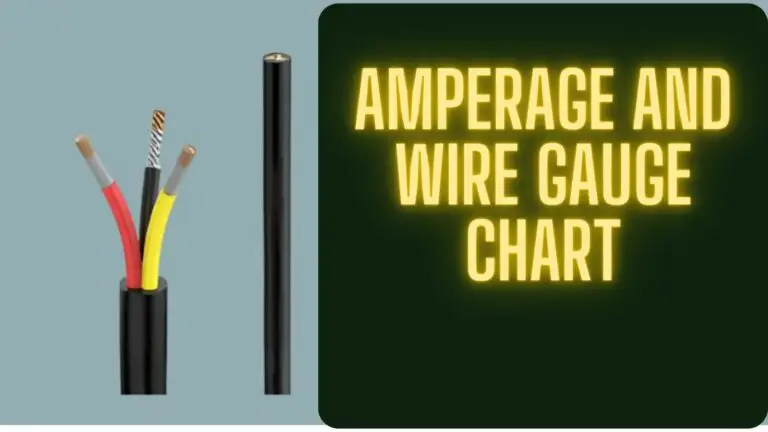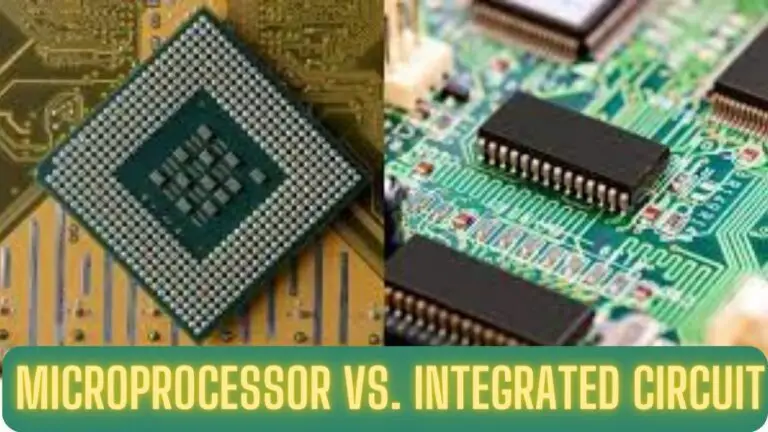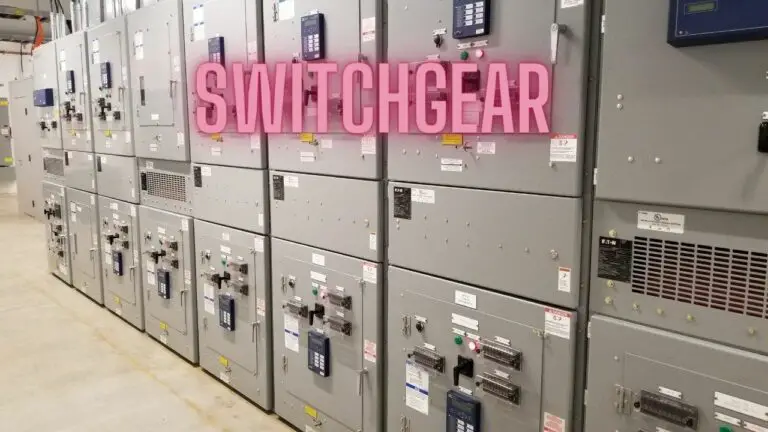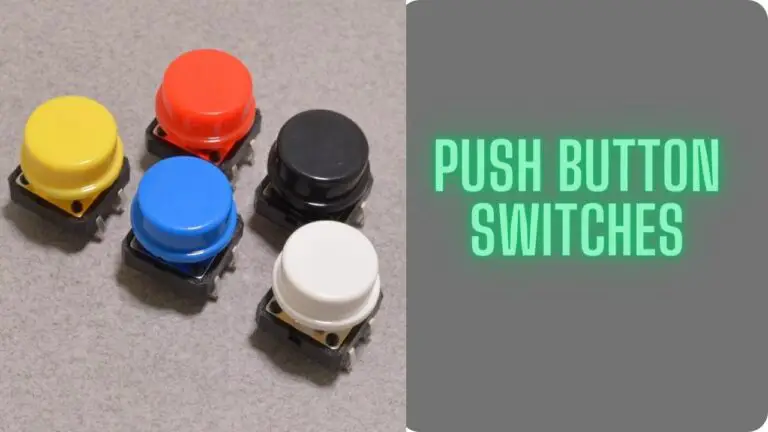What Size Wire For a 40 Amp Breaker? Comprehensive Guide
When it comes to electrical installations, selecting the appropriate wire size for a specific circuit breaker is crucial for safety and efficiency. If you’re working with a 40 amp breaker, you need to ensure that the wire size can handle the current without overheating or causing other electrical issues. In this article, we’ll guide you through the process of determining the right wire size for a 40 amp breaker and highlight important considerations.

